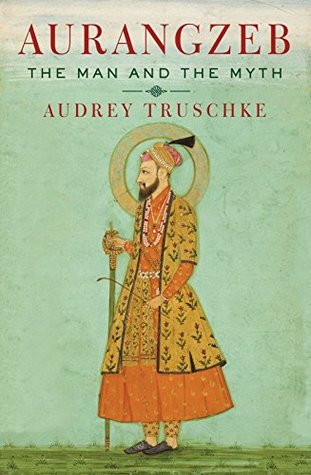More on this book
Community
Kindle Notes & Highlights
Aurangzeb named himself the ‘Seizer of the World’ (Alamgir) and lived up to the title by seizing kingdom after kingdom during his forty-nine-year reign.
For instance, detractors trumpet that Aurangzeb destroyed certain temples without acknowledging that he also issued many orders protecting Hindu temples and granted stipends and land to Brahmins. They denounce that he restricted the celebration of Holi without mentioning that he also clamped down on Muharram and Eid festivities. They omit altogether that Aurangzeb consulted with Hindu ascetics on health matters and employed more Hindus in his administration than any prior Mughal ruler by a substantial margin.
Aurangzeb’s contemporaries included such kings as Charles II of England, Louis XIV of France, and Sultan Suleiman II of the Ottoman Empire. No one asserts that these historical figures were ‘good rulers’ under present-day norms because it makes little sense to assess the past by contemporary criteria.
Contrary to popular belief, for instance, Aurangzeb never oversaw a large-scale conversion programme that offered non-Muslims a choice between Islam or the sword. Aurangzeb did not destroy thousands of Hindu temples (a few dozen is a more likely number). He did not perpetrate anything resembling a genocide of Hindus. In fact, Aurangzeb appointed Hindus to top positions in his government. He protected the interests of Hindu religious groups, even ordering fellow Muslims to cease harassing Brahmins. He tried to provide safe roads and basic law and order for all his subjects.
‘Hindus’ of the day often did not even label themselves as such and rather prioritized a medley of regional, sectarian, and caste identities (for example, Rajput, Maratha, Brahmin, Vaishnava).
Ya takht ya tabut
Either the throne or the grave —A mantra of Mughal kingship
An emperor ought to stand midway between gentleness and severity. —Aurangzeb
For Aurangzeb, Raghunatha’s religious identity was irrelevant to his memorialized status as a great officer of the Mughal Empire.
‘What connection have earthly affairs with religion? And what right have administrative works to meddle with bigotry? “For you is your religion and for me is mine.” If this rule [suggested by you] were established, it would be my duty to extirpate all the (Hindu)
Aurangzeb broke Islamic law when he deposed his father and imprisoned him for the better part of a decade.
Beginning in 1679 Aurangzeb levied the jizya on most non-Muslims in the empire in lieu of military service (Rajput and Maratha state officials and Brahmin religious leaders were exempt, but lay Jains, Sikhs, and other non-Muslims were obliged to pay). The jizya tax had been abated for 100 years in the Mughal kingdom, and Aurangzeb revived it, perhaps in part, to employ the ulama in its collection. In theory, the jizya also helped Aurangzeb’s reputation among the ulama, especially those suspicious of the religious sincerity of kings, by marking the Mughal Empire as a proper Islamic state.
sulh-i kull (peace for all),
Aurangzeb’s willingness to compromise his ideals notwithstanding, the king espoused a paternalistic view of his obligation to his subjects. He considered himself responsible for ensuring not only the physical but also the moral well-being of those living under his regime.


